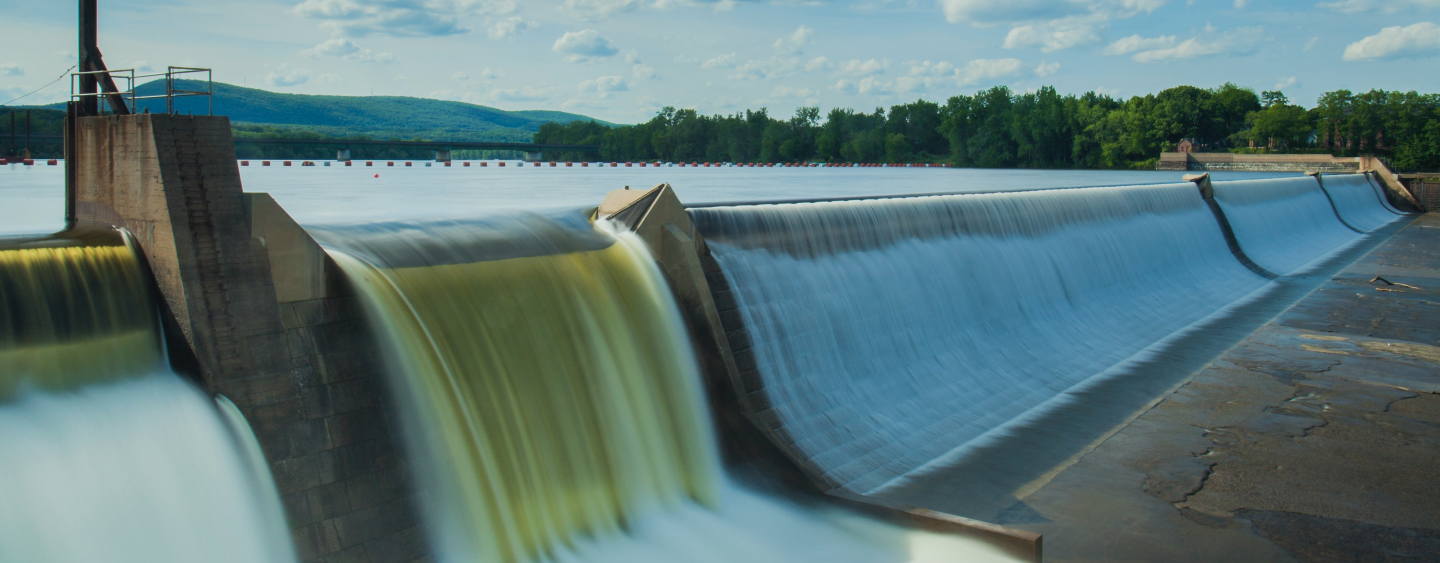2 min read
Powering the biggest hydroelectric project in Jammu and Kashmir

Hitachi Energy power technology will advance India’s mission to bring reliable and clean power for all
Originating from an elevation of more than 16,404 feet (ft), Marusudar is the biggest tributary of the Chenab river. Covered with glaciers, it falls north to south into a fan-shaped catchment in Jammu and Kashmir (J&K), passing through a mountainous terrain full of steep slopes, high cliffs, and sharp bends. On its course, it gathers enough velocity to generate clean power for over a hundred thousand people in the State.
The Pakal Dul Power Project, situated on the Marusudar is possibly the biggest hydroelectric project in J&K, constituting a 548-feet-tall concrete-face rockfill dam expected to enhance the region’s power generation capacity through nature’s bounty. Underpinning this mammoth project is an underground powerhouse, capable of generating 1,000 megawatts of green electricity.
Germany-based Voith Hydro, which operates the site, chose the technology pioneer for its generator transformers and control and protection system to ensure uninterrupted efficient, and safe transmission of power at higher voltages from the hydropower plant.
The design of the transformers took into account stringent constraints on weight and dimensions to ensure safe transport within the hilly terrain. The control and protection solution, a critical system in any power network, was chosen by the customer for its high reliability and flexibility. It is based on advanced communication protocols and is compliant with the latest cybersecurity standards for power systems.
“It is yet another milestone project for Hitachi Energy in India and forms part of our long-term carbon-neutral vision where we lend support in decarbonizing society and the environment,” said N Venu, Managing Director and CEO, India and South Asia, Hitachi Energy. “We continue our endeavor to build back better and enable clean and affordable power in the country.”
India aims to achieve about 60 percent clean energy over the coming ten years from more than 40 percent to date. Hydropower accounts for about 12 percent or 46,209 MW of the current mix. There is an estimated potential of 145,000 MW at 60 percent plant load factor.
The Pakal Dul power plant, expected to be completed by 2025, will bring India closer to its commitment to that target as well as to the Paris Agreement and Sustainable Development Goals, another example of Hitachi Energy advancing a sustainable energy future for all.